How to grow an almond tree – for beautiful blossom that can rival the cherry
With delicate pink and white petals, the flowering almond tree is a spring showstopper
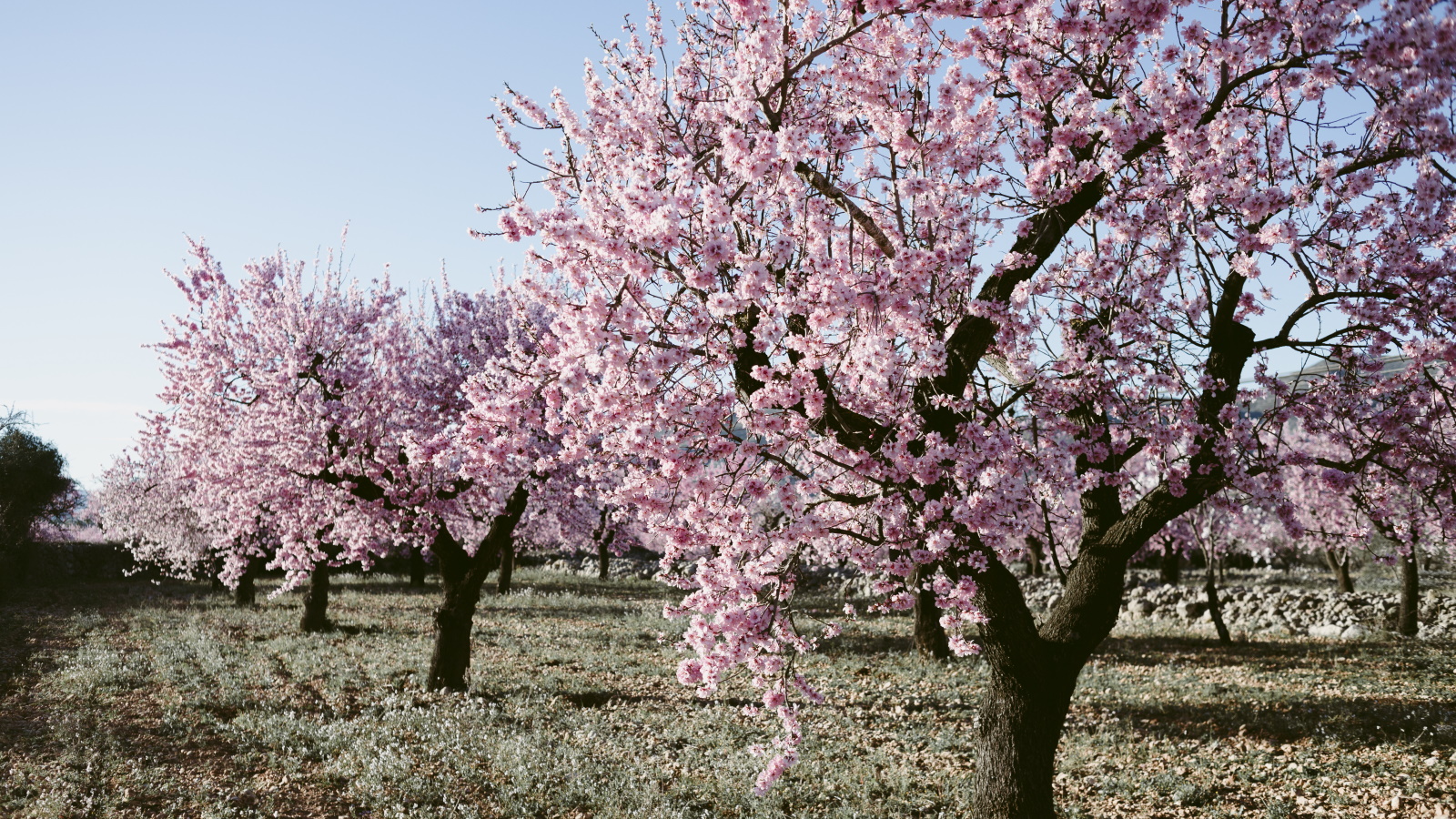

When considering the blossom of spring, most will immediately think of the flowering cherry tree as the herald of the season. Yet, I think more attention and adoration should be given to the flowering almond tree, with delicate blooms that can rival most others, even the famed cherry.
With dainty pink or white petals and a delicate fragrance, the blossom of the flowering almond, Prunus dulcis, must surely be a consideration for anyone seeking a tree for the yard. It is a tree of moderate size with an upright growth habit, but with sufficient pruning and training, you can grow the almond tree in both small front yards and large backyard spaces.
Almond blossom typically emerges in late winter to early spring, before any foliage unfurls, meaning that no greenery can distract from the blossom. Just like the blooms of the flowering cherry tree, almond blossom is important for those pollinators who are early to rise from their winter slumber, attracting both bees and insects as the days begin to warm.
Almond flowers, typical of the rose genus, Rosaceae, have five petals, with a cluster of yellow stamens luring in nearby pollinators. Seen on mass, these blooms transform orchards, yards and gardens into exquisite spring displays, signaling the end of winter's dormancy and the beginning of the new growing season.
Read on to discover how best to grow an almond tree in your yard, with advice and tips from tree experts.
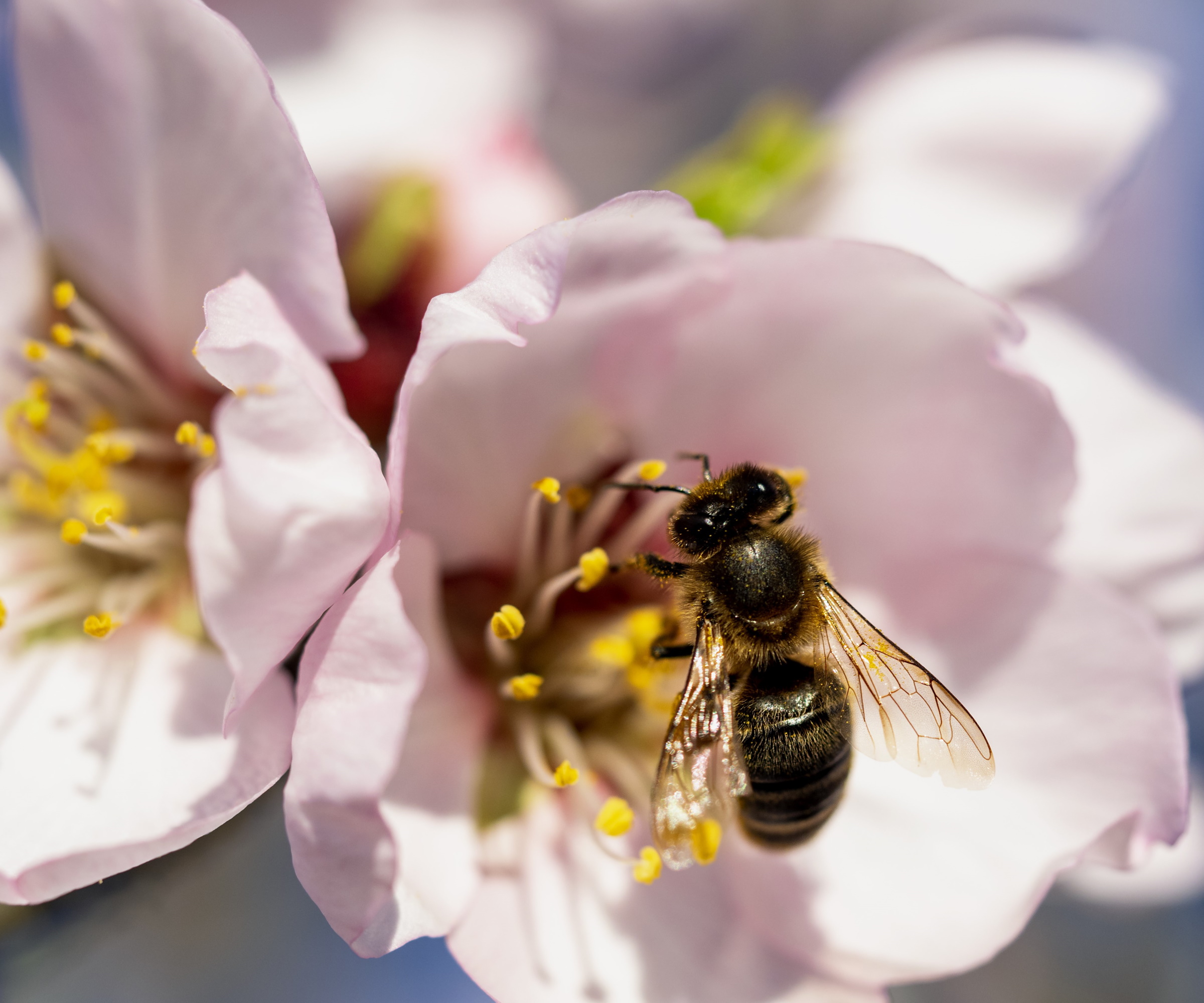
How to grow almond trees
Almond trees are an attractive addition to any yard. With springtime blossom and spectacular foliage color in the fall, this deciduous tree will certainly add interest and impact to any outdoor space.
Climate specifics for almond trees
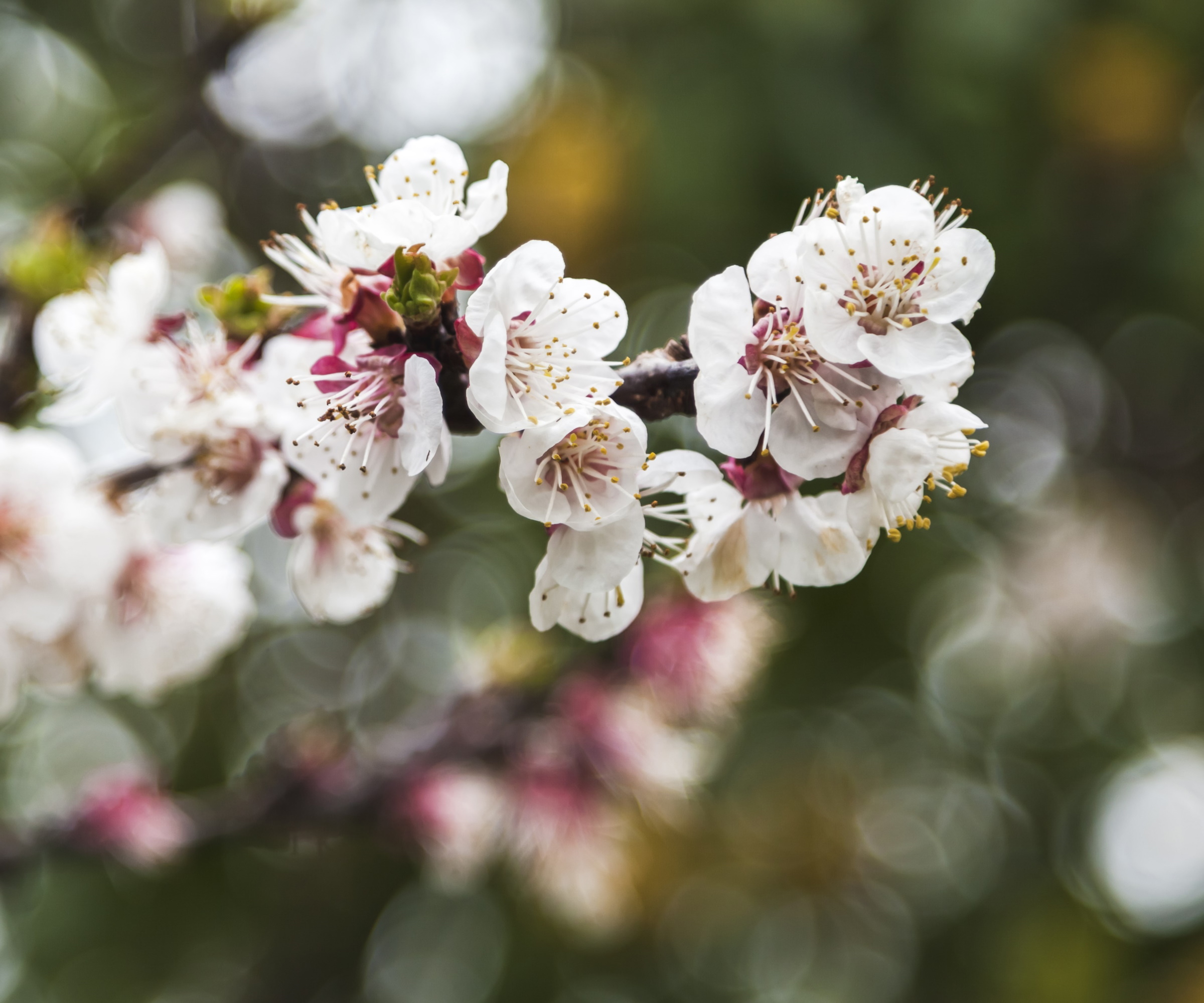
'Almond trees grow best in US hardiness zones 7 - 9,' says Fern Berg, tree expert and founder of Tree Vitalize, 'performing well in areas with hot and dry Mediterranean-style summers.'
There are a 'small number of varieties that will grow in zones 5 - 7,' Fern continues. 'If you do garden in these cooler regions, choosing a later blooming variety of almond will increase your chances of success by avoiding the danger of flower damage by late spring frosts.' Fern recommends the later flowering Padre, Mission, or Thompson varieties.
Whilst they enjoy the summertime heat, 'almond trees do need a minimum amount of cold in the winter months to break dormancy,' Fern says. This is why almonds 'will not grow well in climates above US hardiness zone 9, where the winters are generally very mild.'
'Flowers will emerge in late winter or early spring and remain on the tree for 2 - 3 weeks,' Fern says. Whilst perhaps not as famous as the cherry, the blossom of the almond is no less beautiful, and a sure sign that spring is on the way.

Fern is the founder of Tree Vitalize and has planted and currently cares for over 100 different native and exotic fruit, nut, and ornamental trees. She also cultivates an extensive vegetable garden and several flower gardens and cares for an ever-growing happy family of indoor plants. Fern has a special interest in biodynamic farming, food production, and closed-loop agriculture and is currently in the process of becoming an IARC-certified horticulturist.
When and where to plant an almond tree
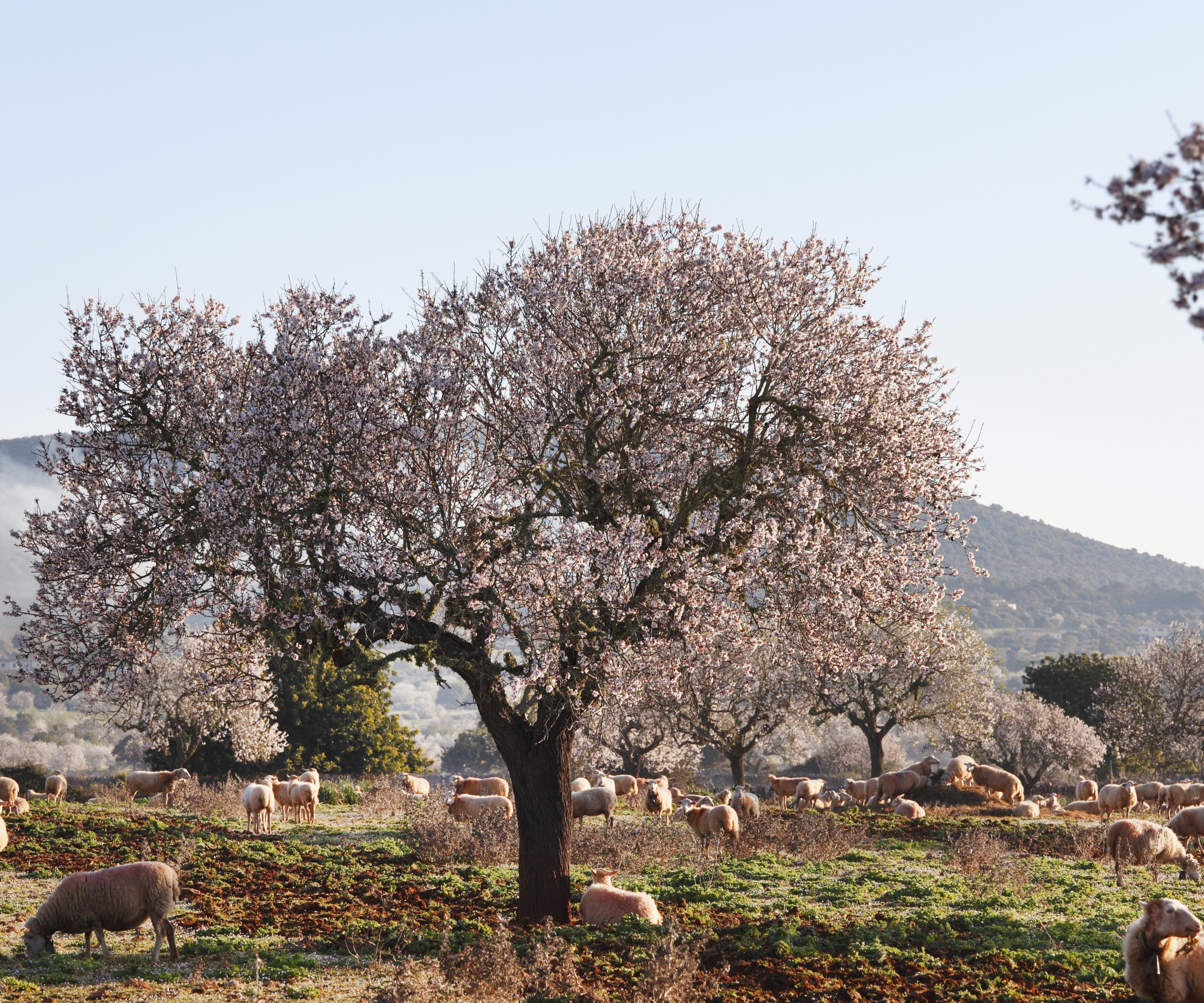
The ideal time to plant most fruit trees is either in the fall or late winter time. This is recommended so that the tree can settle and establish itself before the growing season starts in spring and the temperatures begin to rise.
Regardless of whether you plant your tree in autumn or late winter, 'it is best to plant your almond tree in a full sun position, for optimal flower and fruit production,' Fern says. This means ensuring that your tree gets at least six hours of sun each day, so whilst some shade is acceptable, too much can result in poor, limited growth.
'Almonds will also not tolerate wet feet,' Fern continues, which should be a consideration when planting. They 'prefer well-drained, deep, loamy soils'. Good drainage is of paramount importance with almond trees. Remember, this tree thrives in a Mediterranean climate, and will not do well with waterlogged soil.
Growing requirements for almond trees
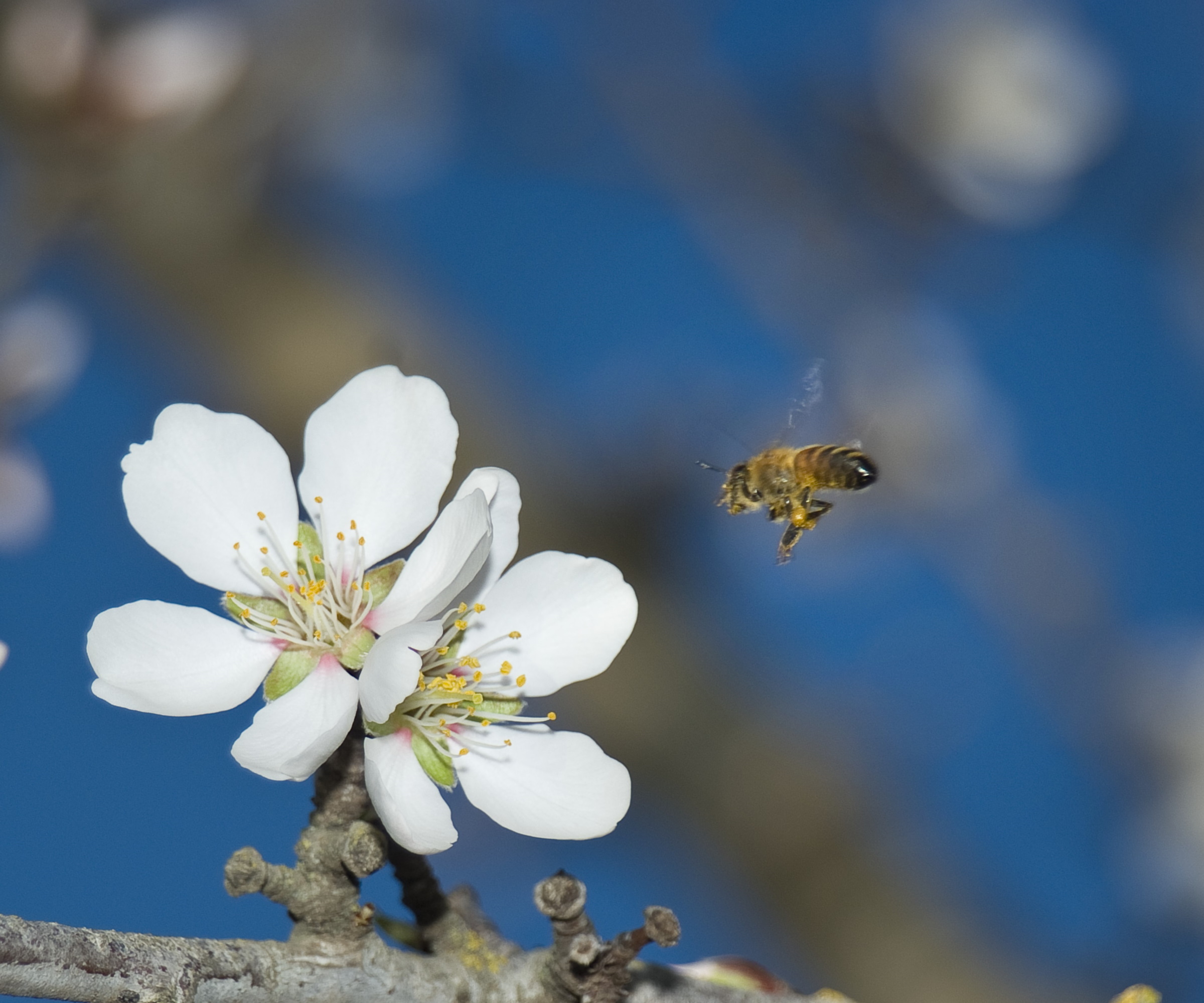
- Soil: Almond trees grow best in free-draining soil, so it is best to avoid locations in the yard that are overly moist or damp. 'Well-drained soil is essential to prevent waterlogged conditions,' says Mike Murphy, garden expert and owner at You Had Me At Gardening. 'Almond trees are susceptible to root rot in poorly drained soils,' Mike continues, which will eventually kill the tree. When planting, you can add perlite and grit to the soil to help improve drainage, using a product like this perlite from Garden Goods Direct.
- Light: 'Almond trees require full sun exposure,' Mike says. Ideally, 'plant your tree in a location with at least 6 hours of direct sunlight daily.' Whilst they will tolerate partial shade, a sunny, sheltered spot will help the tree to produce as many blooms, and fruits, as possible.
- Watering: After planting, ensure that you water your almond tree regularly, particularly during the first year while the tree establishes itself. Doing so will help the almond tree to establish healthy, deep roots. Like most other fruit and nut trees, almond trees do need a lot of water to grow well. Whilst they are relatively drought tolerant, in dry periods it is always recommended to check on the soil, using your hand to feel around the base of the trunk.
- Fertilizing: Use a balanced fertilizer in the spring to support healthy growth, such as this tree fertilizer from Garden Goods Direct. Always follow the product label instructions to avoid over-fertilizing which can do more harm than good to your newly planted tree.
- Pruning: 'Almond trees are typically medium-sized deciduous trees,' Mike says, 'reaching heights of 15 - 30 feet.' Whilst these trees require minimal attention, 'pruning practices can help to keep the tree to a desired size.' Be sure to prune out dead, diseased, or damaged stems and branches, doing so in winter when the tree is dormant.
- Container growing: 'You might be able to get away with growing almond trees in slightly cooler zones by growing them in containers,' Mike says. While almond trees prefer to be planted directly in the ground to 'accommodate their extensive root systems and achieve their full growth potential, they can be grown in containers under the right circumstances.' If you do decide to grow an almond tree in a container, 'opt for large, deep containers to allow for adequate root development and stability.' Use a well-draining potting mix and ensure the container has drainage holes to prevent waterlogging.

Mike grew up gardening with his parents and grandparents. He enjoys his backyard orchard of dwarf fruit trees, raspberry and blackberry patches, and raised garden boxes. In addition to his perennials, Mike enjoys sprouting new fruit and vegetable seeds every spring.
Will my tree produce almonds?
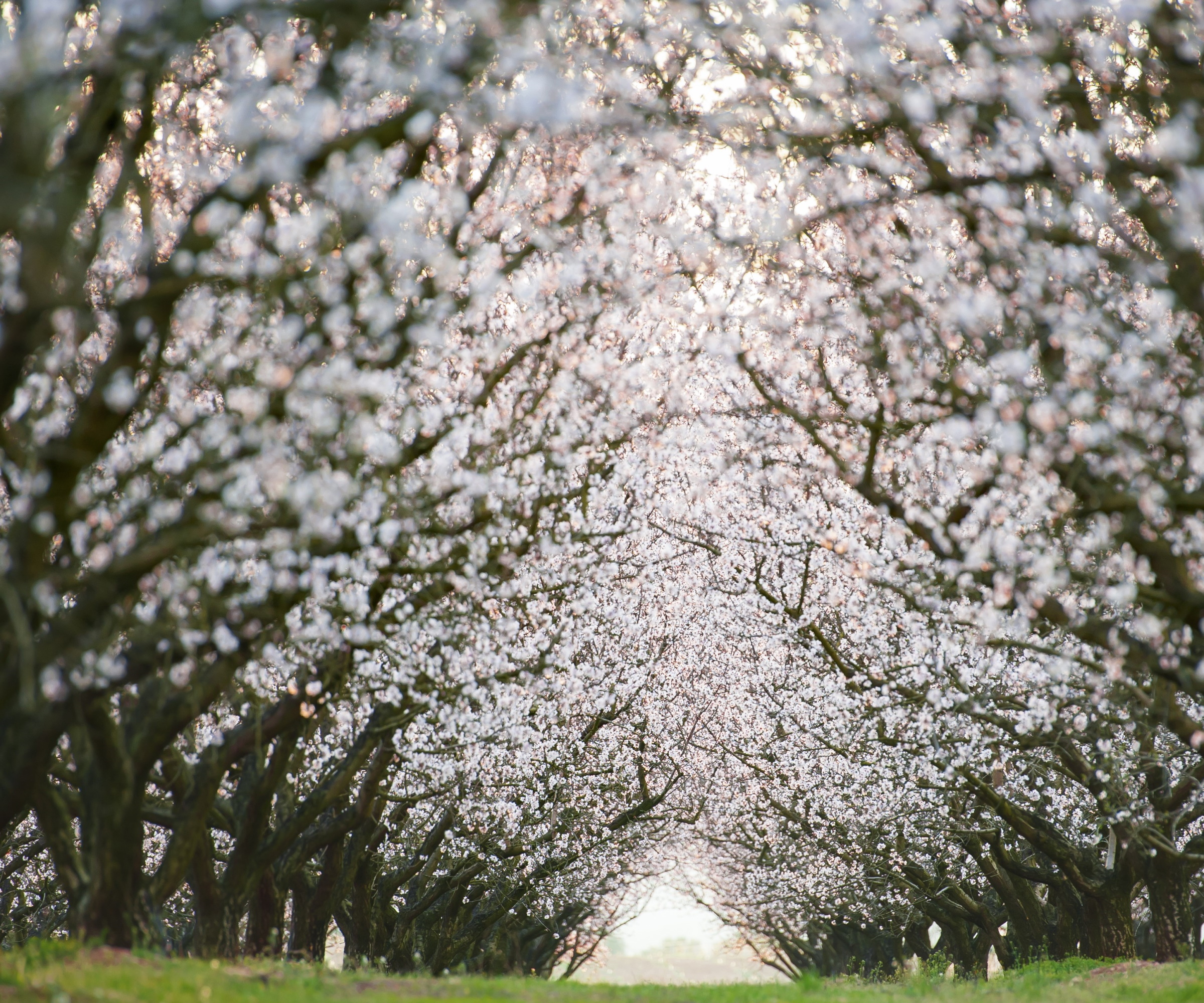
'Most almond trees are not self-fertile, which means you will need to plant a pollinating partner for your tree for it to produce nuts,' Fern says.
There are self-fertile cultivars available to grow, if you can source them. Fern recommends All-in-One, Garden Prince and Penta varieties, which are classified as self-fertile, meaning they do not need a pollinating partner. However, 'even these varieties will generally produce a better yield if planted with at least one other tree.'
When choosing an almond cultivar, decide on one that is suitable for your growing zone and garden conditions, and then 'research which trees will be suitable pollinator companions for the best results,' Fern says. Your local garden store will be able to advise you.
In terms of almond production, it is generally assumed that the 'first crop of almonds will develop within 3-5 years after planting,' Fern says. 'They get into the swing of things at about the 10-year mark and will continue producing delicious almonds for up to 25 years.'
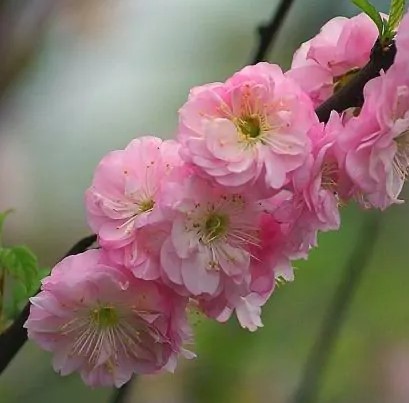
Whilst not a fruit producing specimen, Prunus glandulosa 'Rosea Plea', is an attractive double-flowering, dwarf almond that can be grown in even the smallest yard. The pink, vibrant blooms are sure to brighten up any outdoor space in the springtime.
FAQs
When is the right time to plant an almond tree in the yard?
It is best to plant almond trees either in the fall or in late winter, before the growing season begins. Doing so provides the almond tree with time to establish roots before the heat of summer. When planting your tree, ensure that the soil is free-draining, adding grit or perlite if necessary. Annual mulching can also help to improve the quality of the soil.
Whilst perhaps not as famous as the cherry, the blossom of the almond is no less beautiful and will fill your yard with stunning pink and white blooms that mark the start of the new growing season. Consider growing other spring-blooming trees, why not learn how to grow a tulip tree, which will certainly continue the floral show after the almond blossom fades?
Sign up to the Homes & Gardens newsletter
Design expertise in your inbox – from inspiring decorating ideas and beautiful celebrity homes to practical gardening advice and shopping round-ups.

Thomas is a Content Editor within the Gardens Team at Homes and Gardens. He has worked as a professional gardener for both public spaces and private estates, specializing in productive gardening, growing food and flowers. Trained in Horticulture at the Garden Museum, he has written on gardening and garden history for various publications, including The English Garden, Gardens Illustrated, Hortus, The London Gardener and Bloom. He has co-authored a Lonely Planet travel book, The Tree Atlas, due out in 2024.
-
 'It's a fast reset button' – using the 1, 2 ,3 ,4, 5 decluttering method cleared my persistent mess in seconds
'It's a fast reset button' – using the 1, 2 ,3 ,4, 5 decluttering method cleared my persistent mess in secondsIt's easy, effective and so quick to do
By Ottilie Blackhall Published
-
 Nectar vs Layla – which mattress brand is best on test?
Nectar vs Layla – which mattress brand is best on test?I've set the Nectar Premier Hybrid Mattress and the Layla Hybrid Mattress head to head to help you work out which mattress meets your needs
By Emilia Hitching Published